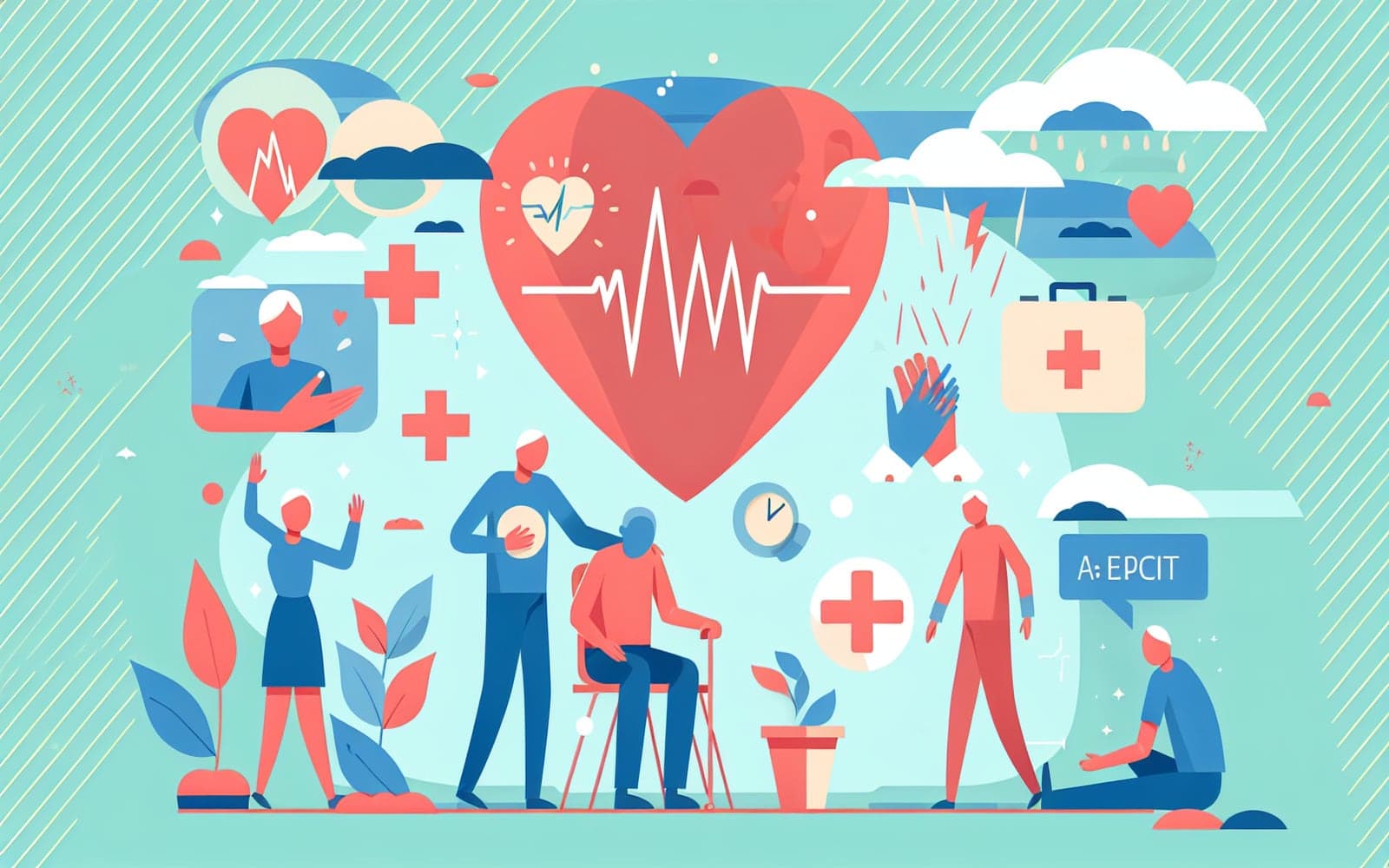How to Recognize and React to a Stroke: A Step-by-Step Guide
Published: Jan 18, 2024

Medically reviewed by Becky Powers | MD, The University of Texas Medical School - Houston, Texas on January 18th, 2024.
Reacting quickly to a stroke can save lives. Learn how to identify stroke symptoms and what actions to take.
Contents
Identifying Stroke Symptoms
Strokes often present with sudden symptoms like numbness or weakness, especially on one side of the body. Difficulty speaking, confusion, or trouble seeing can also indicate a stroke. Recognizing these signs is the first crucial step in getting help quickly.
Immediate Actions to Take
If you suspect someone is having a stroke, call emergency services immediately. Every minute counts, and prompt treatment can minimize brain damage. Ensure the person is comfortable while waiting for help to arrive, but don't give them anything to eat or drink.

Follow-Up Care
After a stroke, follow-up care is essential for recovery. This may involve physical therapy, medication, and lifestyle changes. Staying in touch with healthcare providers and following their recommendations can improve outcomes and prevent future strokes.
Frequently Asked Questions
Signs include sudden numbness, weakness, confusion, and difficulty speaking.
Call emergency services immediately and ensure the person is comfortable.
Yes, lifestyle changes and follow-up care are crucial for recovery.
Prompt treatment can minimize brain damage and improve recovery.
Key Takeaways
Being prepared and knowing how to react can make all the difference in a stroke situation.
Want to learn more? Consult Doctronic, the AI doctor, for detailed stroke guidance!Related Articles
References
Caplan LR. Nonatherosclerotic vasculopathies. In: Caplan's Stroke: A Clinical Approach, 4th ed, Saunders, Philadelphia 2009. p.389.
Krings T, Geibprasert S. Spinal dural arteriovenous fistulas. AJNR Am J Neuroradiol 2009; 30:639.
This article has been reviewed for accuracy by one of the licensed medical doctors working for Doctronic. Always discuss health information with your healthcare provider.

